Managing your money is perhaps the scariest part of a career as a freelance creative. Unlike a full-time office job, where the cash rolls into your account on the same day each month, freelancers have to contend with lost invoices, late payments, and often a total lack of clarity about how much to charge. Even artists who have been working for themselves for years will confess to a certain element of making it up as they go along. But there are a few key things to bear in mind that can help you over the bumps in the road.

GETTING ORGANISED
Knowing what you’ve billed, when it should have been paid, and whether it has been paid is essential. Many artists work on several projects at a time, which means it’s easy to lose track of invoices. Illustrator María Medem says that being organised is the biggest challenge she’s faced as a freelancer, but also the most useful one to overcome. “I always write everything down,” she told us. “The fee the client has to pay me and when they’re going to pay me, the date when I’ve got to do my taxes… and also being organised in the sense of saving all my tickets from my expenses in the same place.”

“For the tracking I use something pretty basic – Mac Notes,” she continues. “I write the client and the fee and when I’m paid, as well as the month I’ve been paid. Usually if I submit work in January they won’t pay me until February or March, so writing the month helps me make an estimate of what I’m earning per month. It’s a real pleasure to write a check mark once you’ve been paid.”
It’s much easier to negotiate down than up
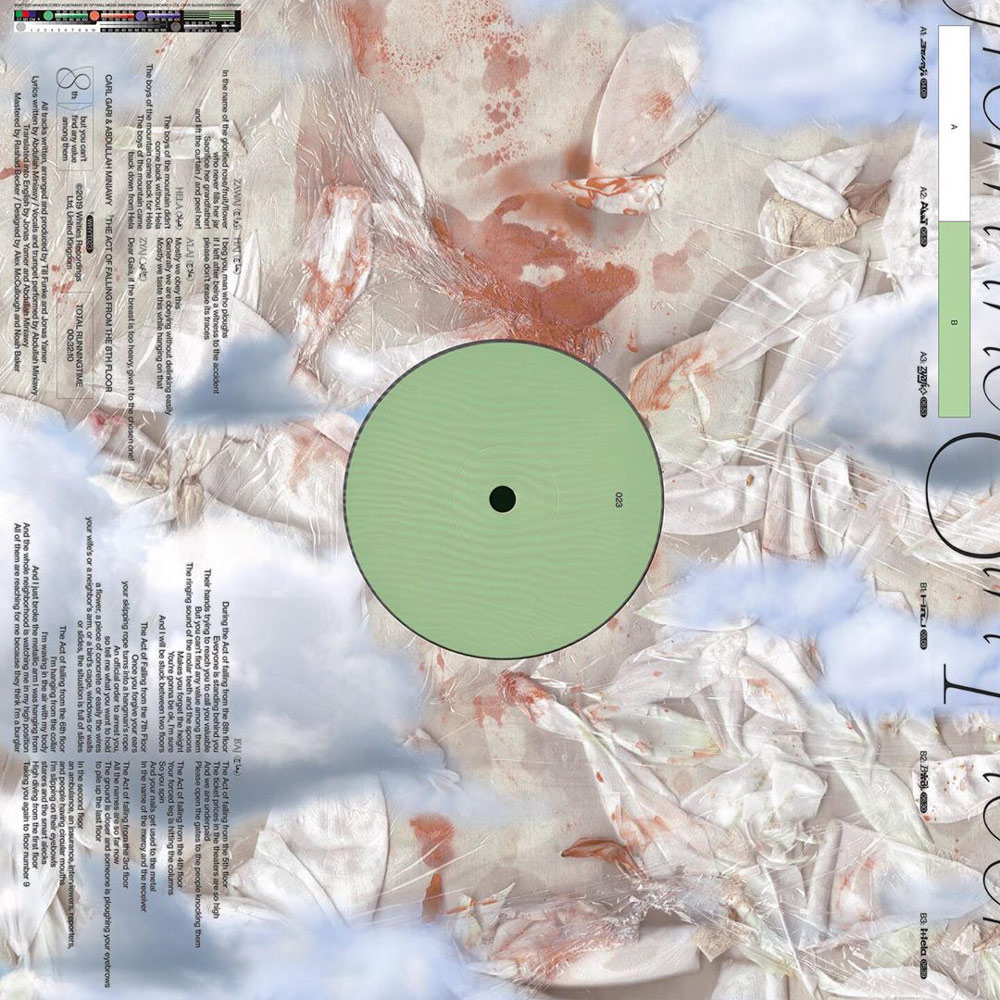
Graphic designer Noah Baker follows a similar system, and says he experimented with the Notes app as well as Google Sheets before settling on Notion, which lets him keep track of deliverables as well as invoices. “I think it’s important to have something, but because I’m trying to keep it as lean as possible I don’t want four different programmes I’m using for four different things,” he explains. “For me it’s best to have it all in one place and one account.”
It makes sense to stash all your invoices and business expense receipts in one place, so they’re easily found. Hang onto them, as HMRC requires you to keep at least six years of documentation. And for anyone that dreads going through the annual receipt pile for their tax return, adding a tab to your spreadsheet with a running list of monthly expenses can ease the pain.

KNOW YOUR WORTH – DON’T UNDERCHARGE
How much to charge is a perennial issue, and even well established artists aren’t always sure. It’s not an exact science, but it’s useful to get some background on your client and the project to start with. “Not pricing without context is something I learned pretty early,” says Baker. “I worked on one record project that I basically did for free, and then right after another record project where I got paid a lot more. That was all context dependent – the first one I really wanted to work on, and knew there was no budget.”
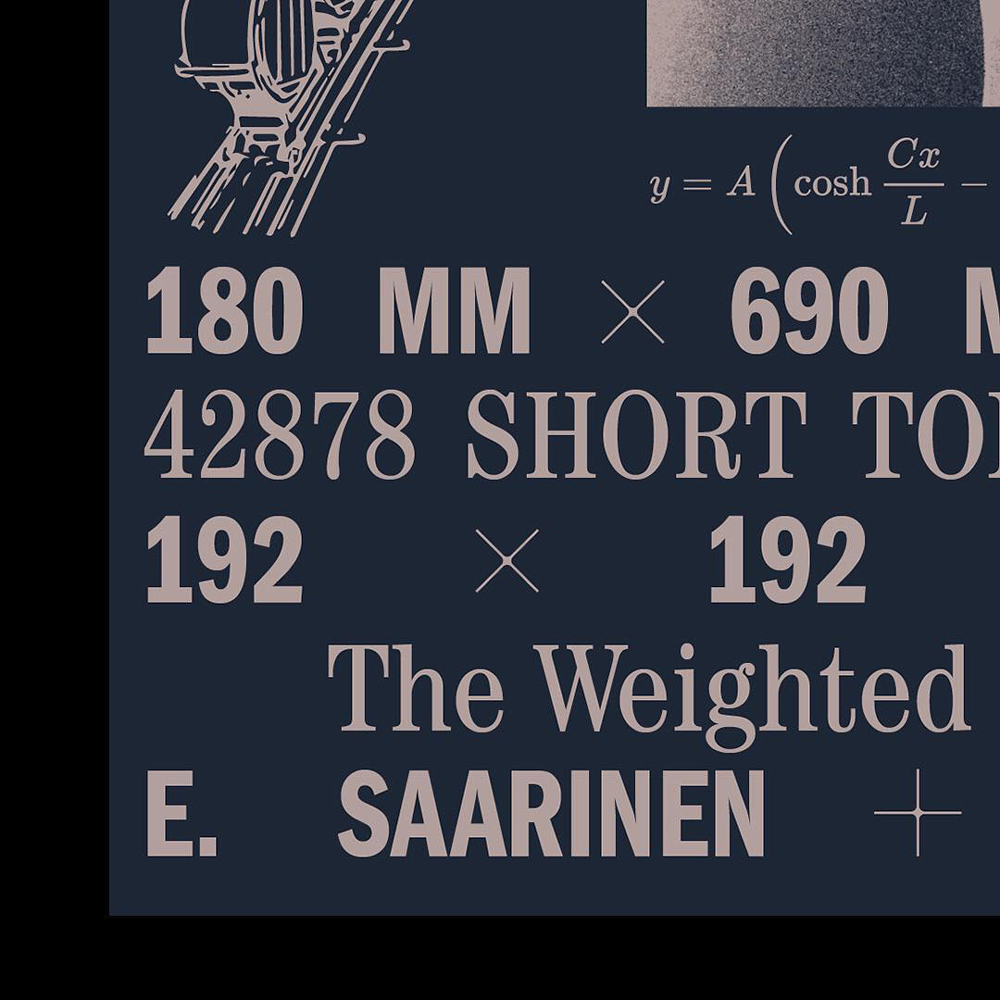
It’s worth noting that some clients will pay hourly, some will offer a project fee, and some will want a day rate. One method is to establish the lowest day rate you’d be willing to, and can afford to, accept, and work everything out from that. Bear in mind that bigger brands and companies are likely to have more budget, meaning you can increase accordingly. Make sure you know how your work is being used and in how many countries – as this can also push up your fee. The AOI offers some great support and online resources for illustrators, and there’s no shame in asking a fellow creative for a rough idea of what they might ask for.
Most importantly, don’t undercharge. Many artists undervalue their time and worth, and most clients won’t let you know if your fee is too low. It’s much easier to negotiate down than up, so don’t be afraid to ask for what you feel your time deserves – it’s usually more than you think.

HANDLING INVOICES
Some creatives prefer to design their own invoice, however using a basic template is absolutely fine. Find out who and where it needs to be addressed to, and the person you should be sending it to. Some larger companies have invoicing frameworks and processes in place, which might require you to set up an account on an internal site, but for smaller organisations it’s often just a case of emailing the document over.
Read up on exactly what bank account information you need to include, particularly if it’s an overseas client as they might need extra details. Once you’ve sent your invoice out, make a note of the date you emailed it, the date you’re expecting payment, and the invoice number, so it’s easy for you to chase if you have to.

WHEN THEY DON’T PAY
Unpaid invoices are, unfortunately, inevitable. Most designers and illustrators have their own horror story, and sometimes it’s impossible to avoid – clients forget, things get lost, and occasionally companies adopt an irritatingly laissez-faire approach to payment.
“Sometimes the client will tell you when they’re going to pay you, but other times they won’t tell you anything,” says Medem. “My advice would be to ask when the estimated day of payment is. If this day comes and they haven’t paid you, I usually give them a couple of days of courtesy and write again. At the beginning I was kind of embarrassed when I was asking to be paid, and I know that other people are too, but this embarrassment is totally irrational. It’s important to ignore it and just ask.”

Designer Nicholas Law says having a single point of contact can be useful, particularly when working with big companies with lots of stakeholders. Another potential route he suggests is going straight to the source. “In one case it was music-related, and the artist’s team was taking forever to pay me, so I just asked him,” he tells us. “He got onto them and that kind of helped. It helps to have someone who’s a higher stakeholder, who’s been involved in the creative decisions, and is able to vouch for you.”
Having a contract in place can ease the process

Having a contract in place that clearly states how much you should be paid and when can ease the process, but also give you some support when it comes to chasing up late invoices. It’s advisable to be diplomatic, but if the money still isn’t forthcoming then freelancers in the UK can turn to the Lay Payment of Commercial Debts (Interest) Act 1998, which allows a £40 late fee and interest to be added to unpaid invoices. Companies in the UK can’t opt out of this, and bringing it into play can have a catalytic effect on even the slowest of accounts departments.
Sometimes, the best way of avoiding late payers is to do some research on the company beforehand. “A friend of mine won’t talk about the specfs of a project with the client until they’ve got on the phone,” says Baker. “That’s a thing he swears by and I’ve started thinking about too. You can tell so much about the client and how your relationship is going to be on that phone call. You can sense if they’re going to mess with you.”
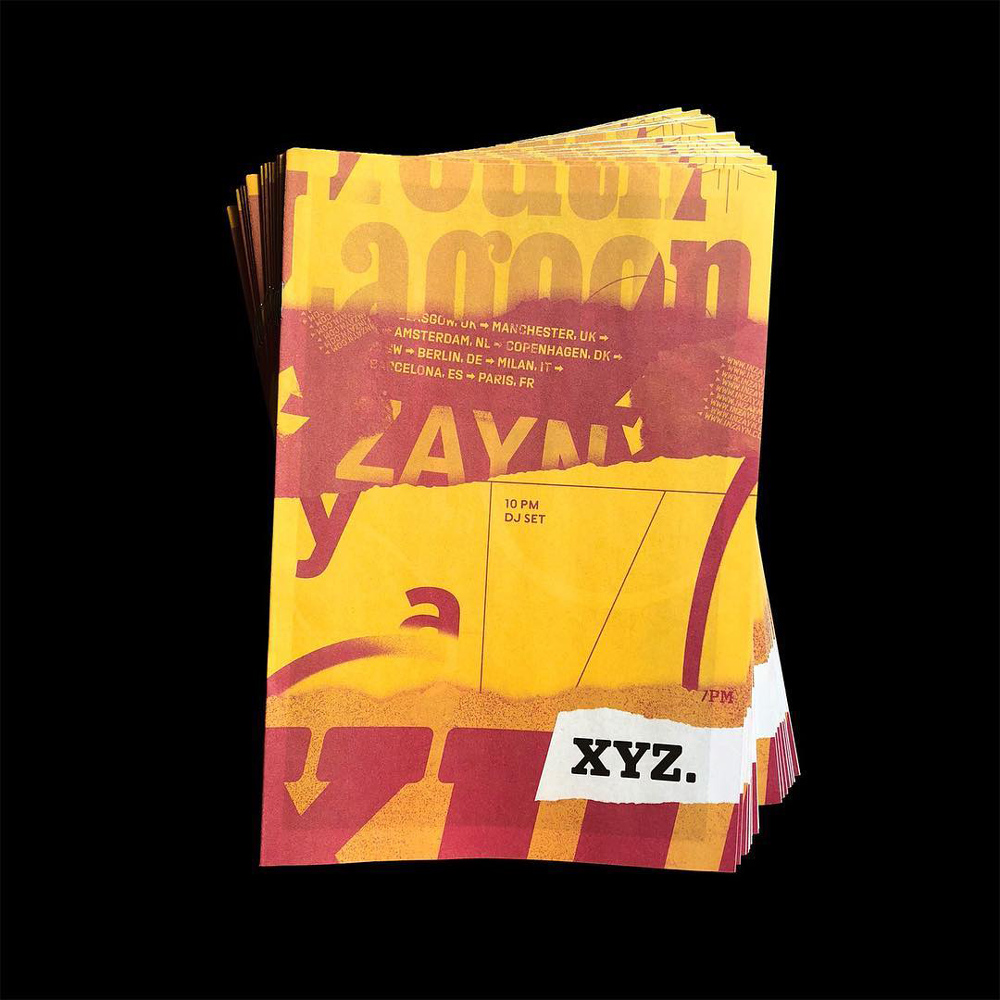
TAXES ARE INEVITABLE
We don’t need to quote the famous phrase, but there’s no avoiding tax. It comes round every year without fail, and has the ability to completely derail your finances if you haven’t planned for it in advance.
“The rule I established for myself is always making sure I have a third of all the money I earned over the year set aside,” says Law. “I plan on the worst possible scenario and prepare for that, and then I’m pleasantly surprised when it’s not the absolute worst amount I’d planned on.”

HAVE A BACKUP BUDGET
Freelance work can be sporadic, and payments equally so – particularly if you’re dealing with a reluctant accounts team that’s weeks late on a big invoice. Having a separate rainy day account, if you can afford to, offers some reassurance.
“Payments in illustration work are quite crazy,” says Medem. “It might be that a month with less work you’ll get paid money for the months of more work. This has luckily just happened to me this summer. I try to have savings anyway because I’m always afraid of these months with less work, but also I live in a cheap city so I think it might be easier for me to have savings.”
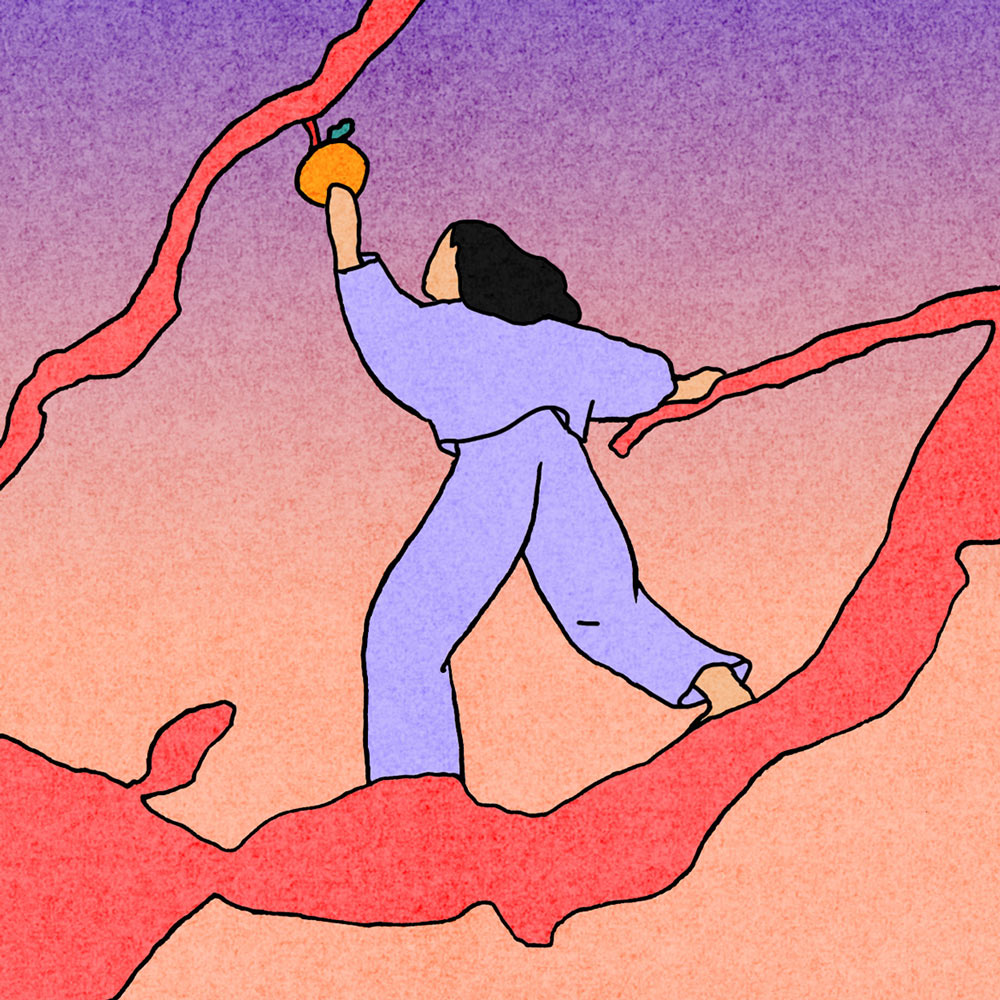
Having a backup fund can be handy for maintaining your freedom
Having a backup fund can also be handy for maintaining your freedom. Law says it gives artists creative autonomy, and means they don’t have to accept any old commission for the sake of paying the bills. “I think it’s extremely important because then you don’t have to compromise,” he told us. “Working with other people takes you to places you wouldn’t have been able to go to yourself, but at the same time takes you out of your comfort zone. If something happens where you don’t want to work with an organisation or person anymore, you have the freedom to say no. I’ve worked creative jobs I didn’t want to, when I didn’t have a choice. Probably the first year I learnt that if I have money saved up I don’t have to say yes to anything I don’t want to.”

GET HELP
Having an accountant to help with your end of year tax can be a huge relief, particularly if you’ve never done it before. They can also advise you on what counts as a business expense, and save you some money along the way. Some illustrators and artists might want to consider finding an agent, as that can remove the stress of negotiating fees and managing payment.
“Because I’m a newer illustrator, knowing how much to charge and properly invoice is a challenge,” says Law. “Trying to become more professional in how I bill people is something I’m still learning, and picking up as I go along. So I’m actually going to be represented with an agency to help with some of that. I know I have a lot to learn as far as interfacing with clients, and being able to pitch my work and ask for the correct amount of money.”
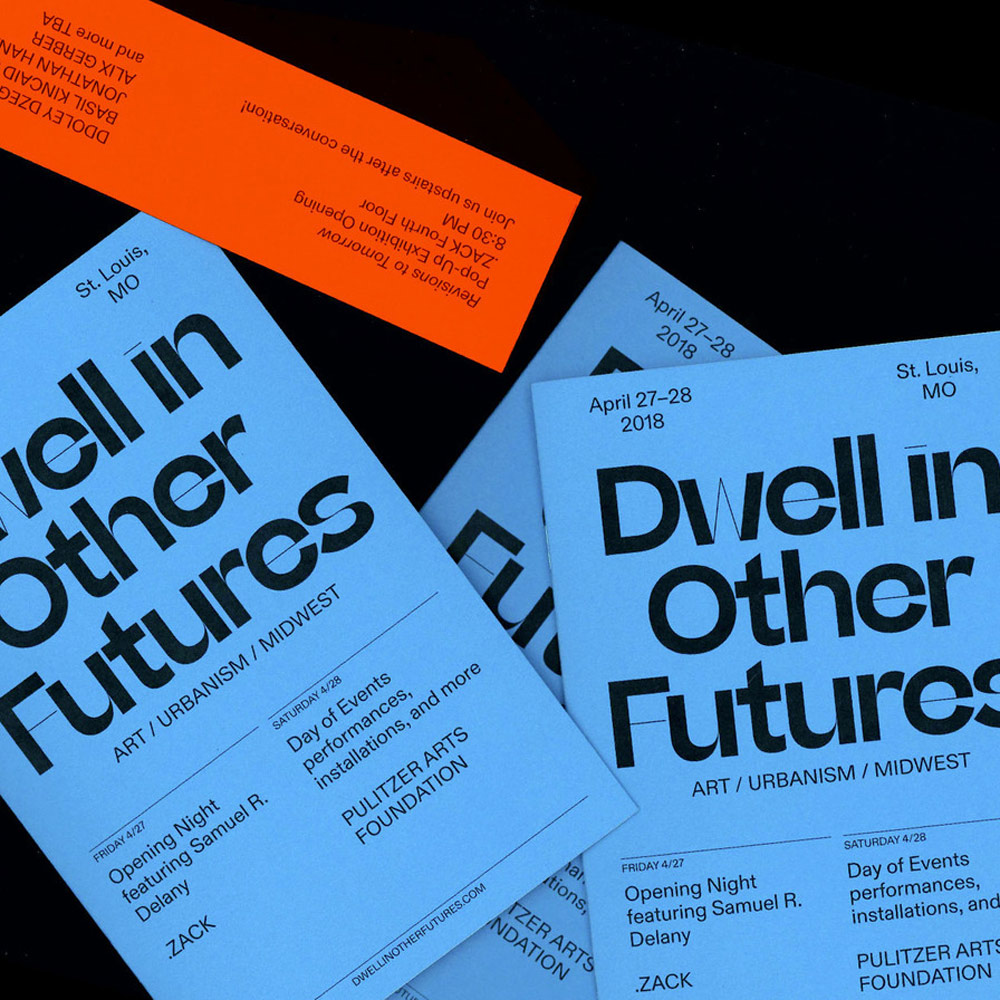
It’s all a lot to remember, and a daunting prospect if you’re new to it. Experimenting with the best ways to keep yourself organised can prevent you from feeling overwhelmed, as can knowing your rights around late or unpaid invoices. There’s also nothing wrong with faking a bit of confidence in the early days until your freelancer’s intuition kicks in, and you develop a natural feel for what to charge. Overall though, whether it’s invoicing, paying taxes or late payments, the best approach can be summarised as being proactive and staying on top of things.
Missed the previous article in our ‘How To’ series? Read it here: How To Handle Creative Compromise






